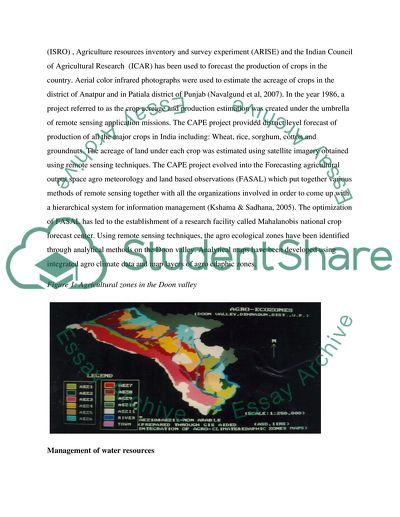Cite this document
(“Use of Remote Sensing for Development by the Indian Space Research Essay - 1”, n.d.)
Use of Remote Sensing for Development by the Indian Space Research Essay - 1. Retrieved from https://studentshare.org/politics/1683689-essay-3
Use of Remote Sensing for Development by the Indian Space Research Essay - 1. Retrieved from https://studentshare.org/politics/1683689-essay-3
(Use of Remote Sensing for Development by the Indian Space Research Essay - 1)
Use of Remote Sensing for Development by the Indian Space Research Essay - 1. https://studentshare.org/politics/1683689-essay-3.
Use of Remote Sensing for Development by the Indian Space Research Essay - 1. https://studentshare.org/politics/1683689-essay-3.
“Use of Remote Sensing for Development by the Indian Space Research Essay - 1”, n.d. https://studentshare.org/politics/1683689-essay-3.


